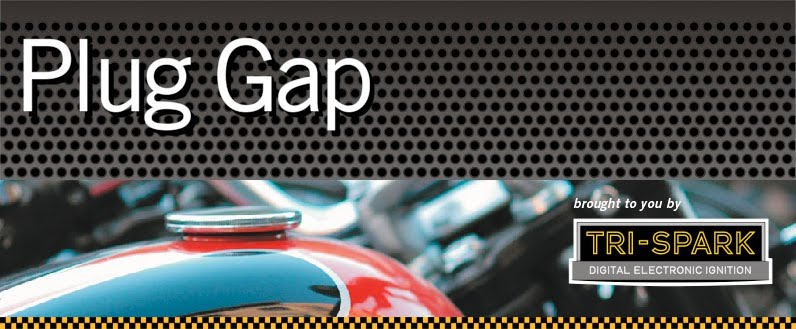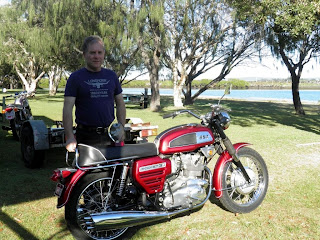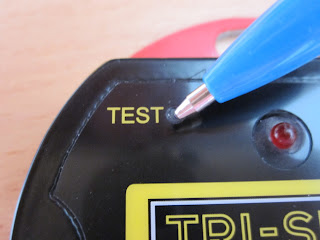
review by Graeme Hay (England)
"I have a restored BSA A65 Lightning, originally built in May
1971. The bike was fitted with an early electronic ignition system made
by another company. Starting was unreliable, despite checking everything
many times, replacing spark plugs, stripping and re-building carburettors etc.
it never seemed to improve things. Acceleration was filled with misfires
and riding the bike, with confidence was difficult. A friend of mine who
had fitted a Tri-Spark system to his Triumph T140, in response to having his
ankle broken by a kick-back, recommended it highly.
I ordered the Tri-Spark ignition unit on Monday evening and
I received an e-mail the next day to advise me that delivery was likely to
take up to two weeks. The unit was with me the following
Monday. Fantastic service - thank you.
 Installation could not be more straightforward. I am
sure that it can be done in less than 30 minutes - in my case it took a couple
of hours because I chose to follow the excellent advice to check and tidy-up
the wiring, before fitting the Tri-Spark. Setting the ignition timing was
clearly described and very easy to follow. On my bike I had to trim 5mm
off of the supplied bolt, which secures the most robust rotor to the shaft -
this was anticipated, in the very clear instruction booklet.
Installation could not be more straightforward. I am
sure that it can be done in less than 30 minutes - in my case it took a couple
of hours because I chose to follow the excellent advice to check and tidy-up
the wiring, before fitting the Tri-Spark. Setting the ignition timing was
clearly described and very easy to follow. On my bike I had to trim 5mm
off of the supplied bolt, which secures the most robust rotor to the shaft -
this was anticipated, in the very clear instruction booklet.
The initial
static setting is made much easier than anything I have previously fitted
by the provision of an integral LED, on the stator. Simply line up the
full advanced marker on the crankshaft, ease the stator around, until the
red light comes on - brilliant. The kit includes a good few extras, which
may or may not be needed. I used a couple of the supplied Lucar pattern
connectors, these are high quality items, too; they crimp very easily to a
sound joint.
The Tri-Spark unit that I bought includes the new
"Test" facility. By gently depressing a small switch on the
stator, with a ball point pen and then switching on the ignition system I was
able to observe the full function of the coils, leads, spark plugs etc.
When doing this I found that one plug was intermittent in its operation -
bingo, another problem clearly identified and easily solved.
The lack of any additional "Box of tricks" is a
real benefit with the Tri-Spark. This is especially so, on an older
British bike, where mounting electronic gadgets in a safe place can be
tricky. In my experience such gadgets usually end up rattling to
destruction at some point. The Tri-Spark simply replaces the points; the
only connections being an earth to the stator securing screws, one wire
to the coils and one to the ignition circuit. Elegant design, by any
standards.
My 1971 BSA A65 Lightning now starts with ease, hot or cold;
idles reliably and runs beautifully. Acceleration is crisp and strong, in
any gear in any situation. I have complete confidence in overtaking
slower moving traffic and am happy to go out on lengthy trips. I can't
prove this but I reckon she runs much cooler, too.
The Tri-Spark is undeniably dearer than some other systems
but it represent significantly better value for money, as soon as you fit and
use it. I have a Triumph Trident T150V, from 1974 in the garage and that
will be the next machine to receive the Tri-Spark magic."
Graeme Hay (Wiltshire England)

















